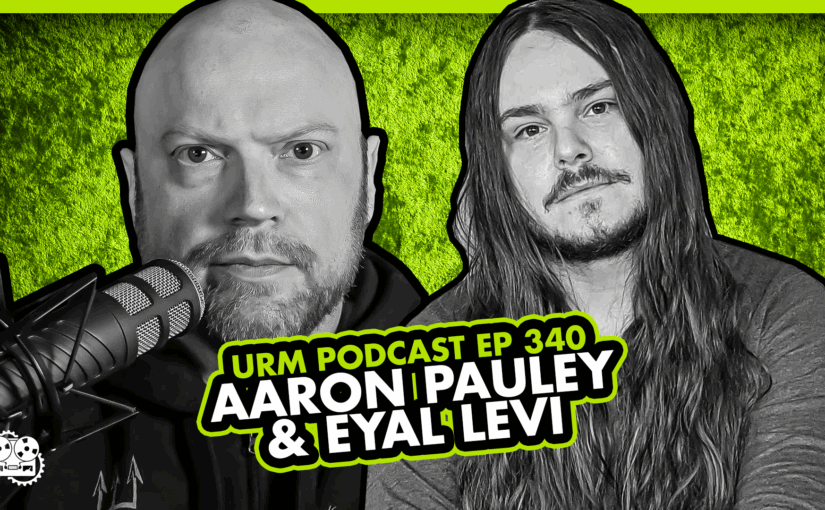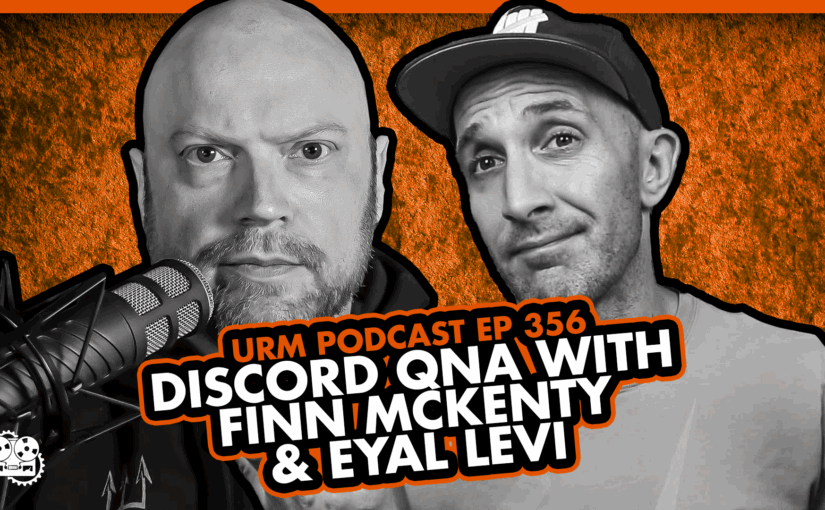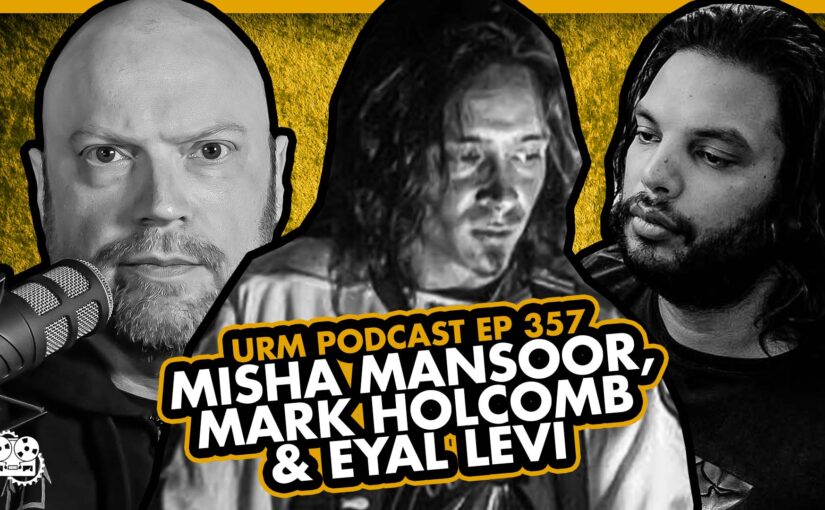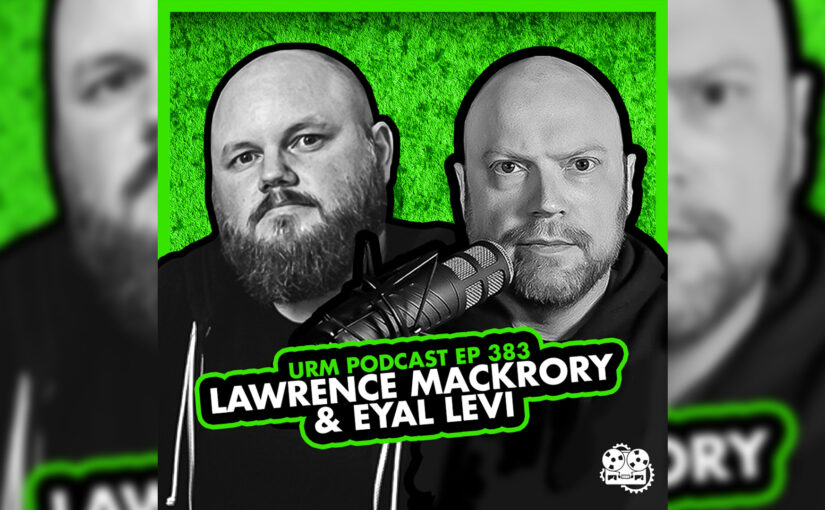Aaron Pauley is the vocalist, producer, and mixer for the metalcore band Of Mice & Men. Stepping into the producer role for the band’s recent material, he has overseen the creation of their self-produced EPs, including 2021’s Timeless and Bloom, followed by the full-length album Echo. His work showcases a modern, in-the-box approach that has allowed the band to maintain a completely self-contained workflow without sacrificing commercial quality.
In This Episode
Aaron Pauley joins the podcast for a super chill chat about the modern musician’s workflow and why old-school rules don’t apply anymore. He gets into the blurred lines between pre-production and final tracks when you’re producing your own band, and shares a killer story about Howard Benson’s advice to just use a bounced MP3 from a demo because it simply sounded cool. Aaron talks about how your mindset is your most important tool, emphasizing the need to mix the *song* and not just the audio—a lesson learned from watching David Bendeth mix. He also covers the value of limiting your options to make better decisions, how to get the most out of a struggling computer by committing to sounds, and the crucial importance of timing. This episode is packed with practical insights on trusting your ears, developing your taste, and focusing on the creative vibe over pointless technical debates.
Products Mentioned
- Universal Audio Apollo Twin
- Waves Q10
- Oeksound Soothe2
- Logic Pro
- Steven Slate Drums
- STL Tones
- Sony WH-1000XM4 Headphones
Timestamps
- [3:19] How to keep from blowing your creative load on pre-production
- [6:07] The Howard Benson “just bounce the MP3” philosophy on using demo parts
- [8:14] Why making music in-the-box doesn’t cheapen the final product
- [10:30] Do most listeners really care how a record was made?
- [15:09] Getting ripped off by a local studio and the motivation to learn recording
- [17:25] Does having unlimited options actually hurt your development?
- [19:51] Why it’s a great idea to periodically delete most of your plugins
- [25:16] Shifting your focus from “mixing audio” to “mixing a song”
- [28:31] Learning about performance-based mixing from watching David Bendeth
- [33:52] The Nolly trick of using distortion on a snare to make it pop
- [36:29] Debunking old forum myths from the Gearslutz days
- [43:22] A simple, manual way to tame harsh cymbal frequencies with a multiband EQ
- [51:52] The story of mixing Of Mice & Men’s “Timeless” EP on a 2012 MacBook Pro
- [56:14] Making the most of a struggling computer by committing to sounds and printing tracks
- [1:00:24] The ability to make good decisions is what allows great mixers to work anywhere
- [1:05:05] Aaron’s top-down approach to mixing
- [1:24:42] David Bendeth’s insane ability to hear millisecond timing differences
- [1:25:51] A mind-blowing trick: fix a slightly out-of-tune vocal by dragging it behind the beat




